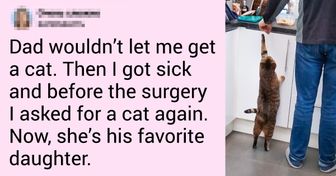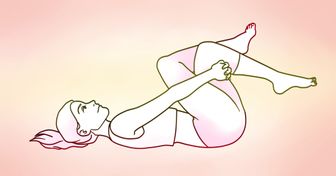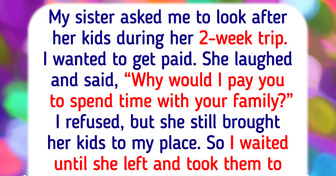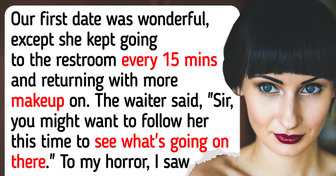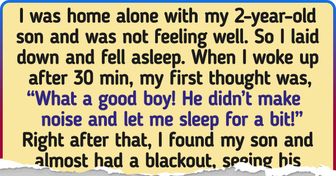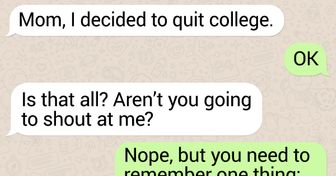An Indian Illustrator Shows What It’s Like to Have a Girlfriend in His Awesome Illustrations

Royal families are mostly dedicated to preserving tradition and celebrating the old ways of life. However, there are some changes in society that even the royals are not resistant to. The same goes for childbirth and motherhood.
We at Bright Side were fascinated by some peculiar historical facts surrounding this topic, so we are taking a look back at motherhood in each generation of the royal family.
Anesthetics during childbirth were a no-no until Queen Victoria allegedly asked her doctor for chloroform during her eighth delivery, back in 1853. This was shocking for the people at that time because of the widespread belief that painkillers were unnecessary and even ’’dangerous’’.
The Victorian era also sparked another trend — a modern concept of childhood as a ’’precious time for children and parents.’’ Books, toys, and games crafted specifically for children began to appear, and compulsory primary education was introduced.
With modern communication tools nowadays, pregnancy photos of royal ladies are available to a wide audience, but that wasn’t the case with Queen Elizabeth II. When she was pregnant in 1948, Buckingham Palace released a statement saying that ’’Her Royal Highness Princess Elizabeth will undertake no public engagements after the end of June.’’ Having in mind that Prince Charles was born 5 months later, this was probably a discreet pregnancy announcement. There were no public photo shots right after childbirth, like the famous hospital step photos.
Queen Elizabeth II respected the tradition and gave birth at home all 4 times, but with one big difference compared to the past. Her husband, Prince Philip, was the first royal father who was present at the birth of his own child. He witnessed the birth of the couple’s fourth child in 1964, at the invitation of his wife, Queen Elizabeth II. Allegedly, the Queen wanted to emphasize the importance of the man’s role as a parent and to show that they should be involved in child-raising from the beginning.
At that time, it was common for royal children to be brought up by governesses, nannies, and extended family. Prince Charles grew close with his grandmother, while his parents, Elizabeth II and Prince Philip, went on world tours that kept them away for weeks and months at times. On the other hand, Charles and Diana changed that tradition and often took their sons with them on their royal tours.
The early ’80s were the time when several changes in the royal tradition could be noticed. For instance, Queen Elizabeth’s pregnancies were announced more discreetly, saying she would “undertake no further public engagements.” On the other hand, princess Diana happily chatted with reporters about being pregnant. She also gave up on the traditional at-home delivery and opted to give birth in a hospital. What’s more, Princess Diana was the first royal lady who publicly discussed post-birth mental health problems, which was quite a surprise at that time.
As royal historian Robert Lacey puts it: “When Charles was born, Prince Philip played squash here at the palace. When Prince William was born, Prince Charles went off and played polo. I think we’re getting to see the first royal birth where the father himself is present at the birth and sees his new child come into the world.”
The Duchess of Cambridge gave birth at the same hospital as Princess Diana. This hospital is famous for its royal-approved, maternity ward Lindo where a number of royal women gave birth. Traditionally, royal newborns are presented to a crowd of photographers, royal fans, and curious onlookers when they leave the hospital.
Although Kate followed the tradition, she admitted that public attention right after giving birth was “slightly terrifying.” Following the example of her late mother-in-law, Middleton is dedicated to raising awareness of postpartum depression, proving that it’s something that can happen to any woman.
But the most significant change came in 2013, the year Prince George was born. According to the new succession law, male heirs who are younger than their sisters no longer had an advantage in succeeding the throne.
What kind of changes do you think we’ll see in the next generation of royal moms? Let’s talk about it in the comments.


